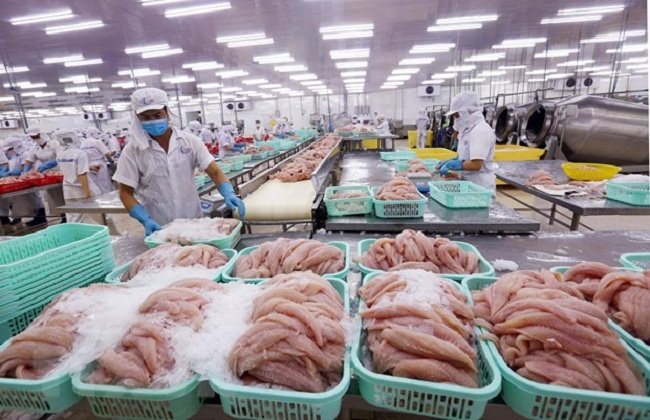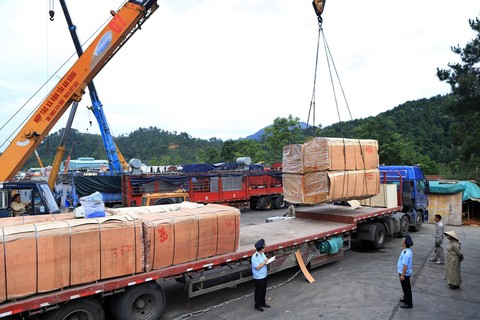Long-run prospects good but growth to slow in 2019: Capital Economics
Long-run prospects good but growth to slow in 2019: Capital Economics
Growth in Vietnam will remain strong, as the country’s export sector continues to secure more orders while trade tensions between China and the United States are not yet over, according to Capital Economics, a London-based think tank.

In its latest Emerging Asia Economic Outlook report, Capital Economics expects economic growth across the region to remain weak this year, with many countries, except for Vietnam, set to grow at their slowest pace in a decade.
“China’s economy has stabilized in recent months, thanks in large part to a resilient property sector. But with headwinds from cooling global demand, and U.S. tariffs likely to intensify, we anticipate a renewed slowdown over the coming quarters,” said the economic research consultancy.
“The trade war accounts for only a small part of the slowdown. Admittedly, it has affected Chinese exports and investments, albeit to a relatively small extent – perhaps reducing gross domestic product (GDP) in China by 0.3% so far,” the consultant added.
Also, the effects passed along to the rest of the region seem limited, and some countries have been benefiting as U.S. demand has shifted away from China, and towards alternative suppliers.
Capital Economics forecast that the key driver of the Vietnamese economy over the coming years will be the export sector. Exports to the U.S. have surged since the trade war began, while Vietnam’s bilateral trade surplus with the U.S. has widened.
Provided the trade war is limited to just China and the U.S., the fallout for the region should remain small. However, recent comments by President Donald Trump, in which he appeared to suggest that Vietnam could be next in line to face U.S. tariffs, are an obvious threat, according to the research firm.
The added value in Vietnam’s exports to the United States is equivalent to some 5.5% of its GDP. “In a scenario where a 25% tariff caused demand for U.S. imports of Vietnamese products to fall by 25%, the loss in export revenues would be equivalent to over 1% of Vietnam’s GDP,” Capital Economics predicted.
Further, the outlook for domestic demand remains negative. Credit growth has started to slow. On the plus side, weaker credit demand is needed to reduce risks in the financial sector and put the economy on a more sustainable footing.
Fiscal policy is also likely to become less supportive. Vietnam’s high level of public debt and large budget deficit are a key vulnerability. Efforts are already underway to rein in growth of recurrent spending and to further tighten controls over new public investment projects.
“Putting all this together, we think the economy will grow by around 7% over the next couple of years. The consensus is for steady growth of around 6.5% in 2019-2020,” noted Capital Economics.
Data from the General Department of Vietnam Customs indicates that the total value of Vietnam’s exports in the first half of this year rose by 7.2% from a year earlier, to US$122.53 billion.





















